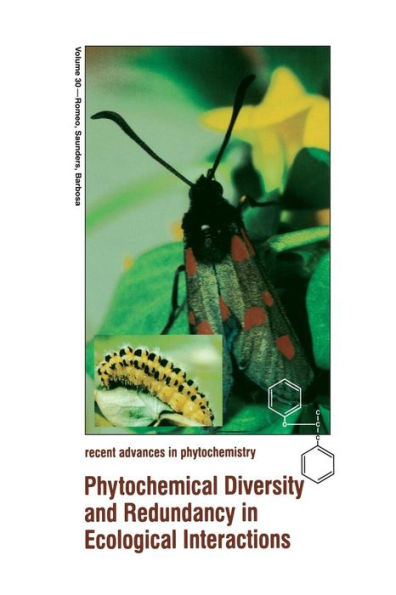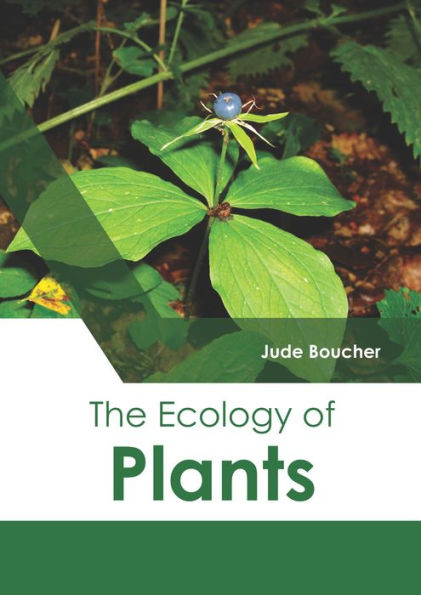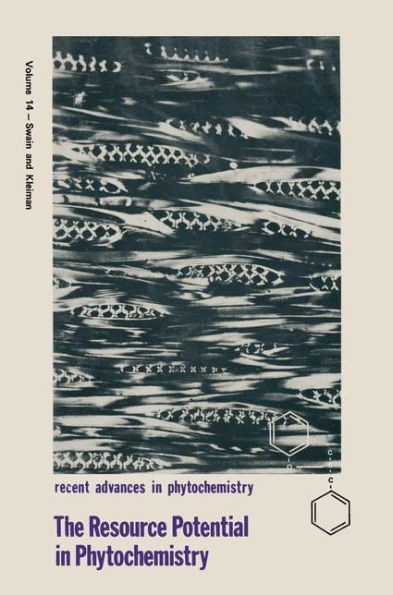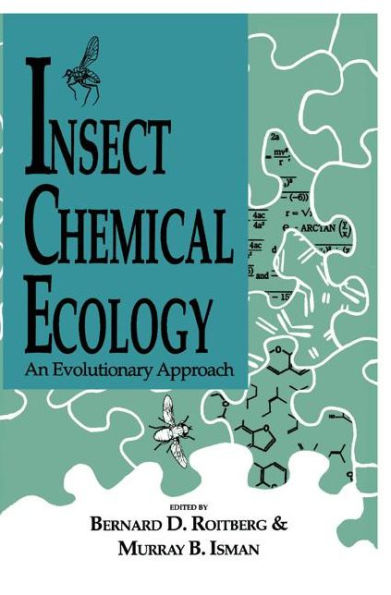Home
Phytochemical Diversity and Redundancy in Ecological Interactions
Loading Inventory...
Barnes and Noble
Phytochemical Diversity and Redundancy in Ecological Interactions
Current price: $169.00


Barnes and Noble
Phytochemical Diversity and Redundancy in Ecological Interactions
Current price: $169.00
Loading Inventory...
Size: OS
*Product Information may vary - to confirm product availability, pricing, and additional information please contact Barnes and Noble
Diversity within and among living organisms is both a biological impera tive and a biological conundrum. Phenotypic and genotypic diversity is the critical currency ofecological interactions and the evolution of life. Thus, it is not unexpected to find vast phyhemical diversity among plants. However, among the most compelling questions which arise among those interested in ecological phyhemistry is the extent, nature, and reasons for the diversity of chemieals in plants. The idea that natural products (secondary metabolites) are accidents of metabolism and have no biological function is an old one which has resurfaced recently under a new term "redundancy. " Redundancy in the broader sense can be viewed as duplication of effort. The co-occurrence of several classes of phyhemieals in a given plant may be redundancy. Is there unnecessary duplication of chemical defense systems and ifso, why? What selective forces have produced this result? On the other hand, why does the same compound often have multiple functions? At a symposium of the Phyhemical Society of North America held in August 1995, in Sault Ste. Marie, Ontario, Canada, the topic "Phyhernical Redundancy in Ecological Interactions" was discussed. The chapters in this volume are based on that symposium. They both stimulate thought and provide some working hypotheses for future research. It is being increasingly recognized that functional diversity and multiplicity of function of natural products is the norm rather than the exception.


















